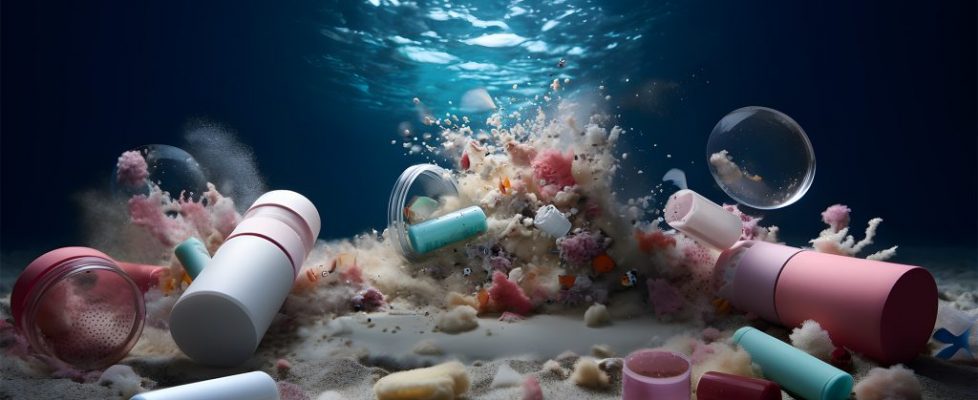Biodegradable Cosmetics?
Brundtland Commission defined sustainable development or sustainability as the development that meets the needs of present without compromising the ability of the future generations to meet their own needs(1). But the present scenario depicts itself as the last hope to bring a change; thus the question being that whether planet, the first pillar of FBS, is left without a cure or hope is still there.
The most striking understanding of sustainable development emerged with the Brundtland report which did not come as a reformulation of terms such as trade-offs but rather it answered its apparent conflicts by stating “the concept of sustainable development does imply limits – not absolute limits but limitations imposed by the present state of technology and social organisation on the environmental resources and by the ability of the biosphere to absorb the effects of human activities.(1)
Cosmetics industry, being one of the vastly developing sectors in fashion and beauty is known to consume plastic with an annual average increase of 2.5% waste(2). Though plastics are the best known polymers, they are now considered an environmental problem that should be rectified as a priority. As reported, in 2015, 4.9 billion metric tons of plastics were produced(3).
The ever-increasing use of plastics whose biodegradability is questionable has created an urgency to develop sustainable innovations in the cosmetics industry, amongst which is the concept of Circular Economy. The idea of circular economy was first proposed by scholars in China in 1998 and formally accepted in the year 2002 by the central government as a new development strategy that aimed to elevate the contradiction between rapid economic growth and the shortage of raw materials and energy.(4)
With the present case of overproduction and consumerism, the linear model of the economy was termed unsustainable, while introducing a circular model that is more sustainable, “circular economy”, however the concept of CE is largely at the theoretical and experimental stage, the approach that CE focuses on is product, component and material reuse, remanufacturing refurbishment, repair, cascading and upgrading as well as solar, wind, biomass and waste derived energy utilisation throughout the product value chain and cradle-to-cradle life cycle thereby reducing the negative impacts on the environment and stimulating new business opportunities(5).
Therefore, taking the information into account and correlating it with one of the 17 SDGs given out by the UN, actively tackling with one of the issues can practically and partially help to fulfill around 5 different SDGs, that is, if the cosmetics industry were to come up with a polymer for packaging which, theoretically, would have biodegradability higher than those in use currently as well as creating more awareness regarding responsible consumerism, then the SDGs involving good health and wellbeing, clean water and sanitation, climate action, life below water and life on land might have positive impacts on them as well.
REFERENCES:
- Geissdoerfer, M., Savaget, P., Bocken, N.M. and Hultink, E.J., 2017. The Circular Economy–A new sustainability paradigm?. Journal of cleaner production, 143, pp.757-768.
- Kolling, C.; Ribeiro, J.L.D.; Medeiros, J.F. Performance of the cosmetics industry from the perspective of Corporate Social Responsibility and Design for Sustainability. Sustain. Prod. Consum. 2021, 30, 171–185
- Okoye, C.O.; Addey, C.I.; Oderinde, O.; Okoro, J.O.; Uwamungu, J.Y.; Ikechukwu, C.K.; Okeke, E.S.; Ejeromedoghene, O.; Odii, E.C. Toxic Chemicals and Persistent Organic Pollutants Associated with Micro-and Nanoplastics Pollution. Chem. Eng. J. Adv.
- Yuan, Z., Bi, J. and Moriguichi, Y., 2006. The circular economy: A new development strategy in China. Journal of industrial ecology, 10(1‐2), pp.4-8.
- Korhonen, J., Honkasalo, A. and Seppälä, J., 2018. Circular economy: the concept and its limitations. Ecological economics, 143, pp.37-46.
